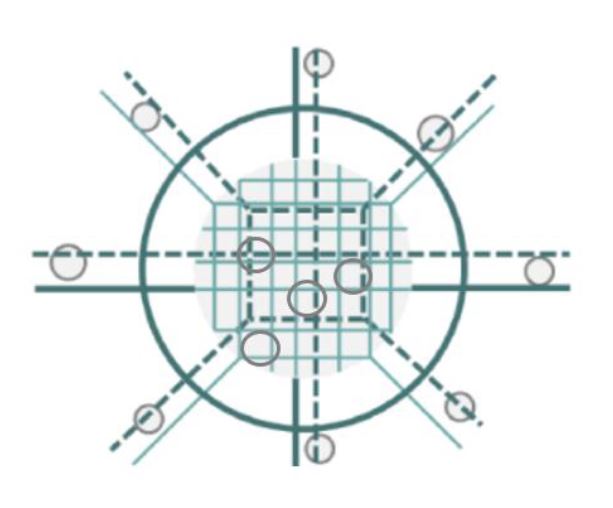
Transportation systems face ever-increasing challenges due to escalating urbanization. Ageing transportation infrastructure struggles to meet today’s needs while personal choices related to urban transportation have evolved in a way that car-oriented transport policies of the past are no longer adequate. As a result, a paradigm shift supporting public transport and active travel modes is becoming increasingly dominant. The objective of this research is to highlight key trends in urban transport infrastructure development and operation needed for the new sustainable mobility policies. On that purpose, a review of contemporary practices concerning network hierarchy, public transport, urban streets, and mobility as a service was carried out, followed by a critical synthesis. A clearly defined transport network hierarchy and a well-designed road network accommodating all modes of transport will continue playing an important role in efficient transport operations, however the importance of the development of public transport infrastructure (physical and digital) and implementing bold schemes (such as free public transport) is even more crucial to bolster city sustainability and livability. To that end, the support of active travel modes through additional infrastructure, the integration of services through MaaS schemes and the prioritization of accessibility over mobility are also seen as prerequisites for the smart city of the future. Finally, the reduction of traffic speeds in urban streets can increase the balance between motorized and active travel modes while increasing safety and sustainability in cities.
| ID | pc435 |
| Presentation | |
| Tags | road infrastructure, transport networks |







